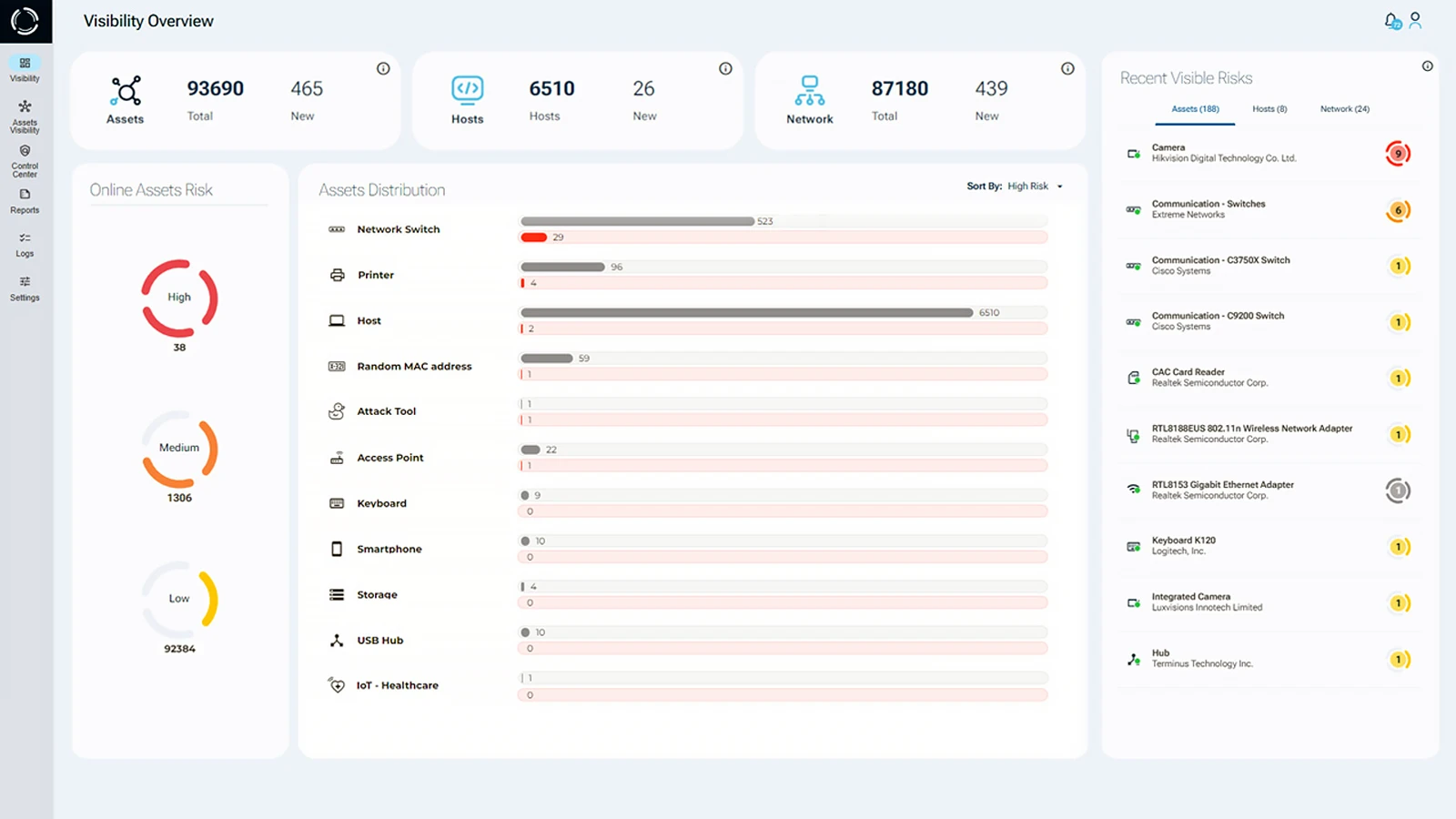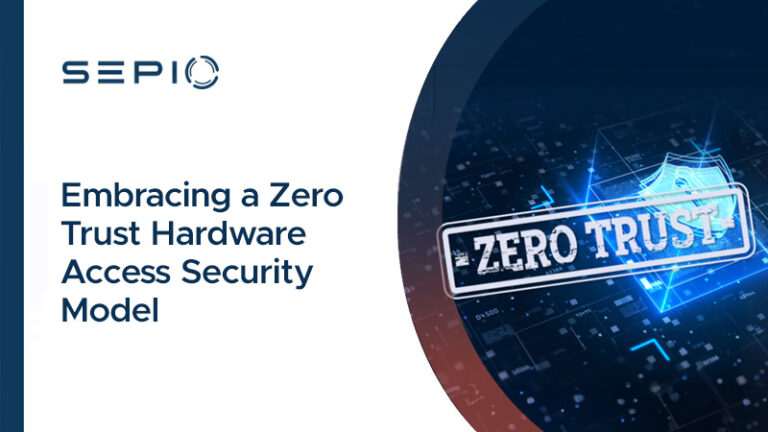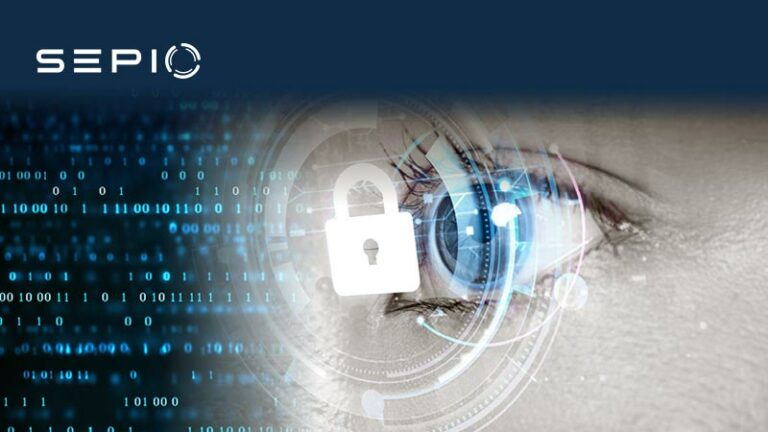Zero Trust is a cybersecurity approach and network security model based on the principle of “never trust, always verify.” Unlike traditional security models that implicitly trust internal users and devices, Zero Trust eliminates this assumption by continuously verifying all users and devices, regardless of their location. This strategy, underpinned by Zero Trust Architecture (ZTA), applies dynamic policies and the principle of least privilege (PLP) to ensure that access is only granted when it is absolutely necessary and fully verified.
What is Zero Trust Architecture?
The Zero Trust Architecture concept has been around since 1994, but its relevance has grown significantly in the face of modern cyber threats. Historically, secure enterprise networks trusted internal users and devices by default. However, with the rise of insider threats and a growing attack surface, this trust is no longer safe. Even internal users can act maliciously, and the need for robust, visibility-driven security has never been more critical.
In today’s landscape, automatic trust cannot be assumed for internal users or devices. Insiders could harbor malicious intent, driven by various incentives, leveraging insider privileges for significant harm. Yet, even more concerning, enterprises grapple with insufficient security due to limited visibility and control.
Network Security and Remote Work Threats
With expanding assets and perimeters, detecting and securing network hardware assets has become increasingly challenging. The remote working security risks, has introduced additional threats. Employees often use personal devices (BYOD Security Risks) for work purposes. Which are difficult to manage and may lack proper security measures. The infiltration of household IoT devices into corporate networks further expands the attack surface.
Additionally, remote work environments are typically less secure than traditional office settings, providing more entry points for potential attacks. Any compromised device can grant insider access to malicious actors, increasing the vulnerability of the organization. The need to secure hardware assets and manage risks has become paramount (ThinkShield Hardware Defense).
Network and Endpoint Security
While security departments face increasing challenges, malicious actors continue to thrive. Traditional network and endpoint detection and response solutions have proven inadequate, as cybercriminals constantly develop new techniques to bypass them. Social engineering tactics further exploit employees’ access privileges, causing significant damage.
Zero Trust eliminates the inherent trust in internal users and devices, assuming a breach has already occurred. Access is granted based on the principle of least privilege, which permits access only to necessary resources. Micro-segmentation further reduces the blast radius of attacks by dividing the network into smaller sections, preventing lateral movement.
Zero Trust and Hardware Access Control
Zero Trust is not without its challenges. Limited network asset visibility creates blind spots in identity and access management (IAM) evaluations, affecting the effectiveness of access requests. Traditional security solutions often overlook the physical layer visibility, allowing spoofed devices to bypass Zero Trust protocols. The use of BYOD and shadow IT introduces additional concerns.
According to PulseSecure’s Zero Trust Progress Report, 71% of organizations are seeking to improve their IAM, highlighting the need for deeper visibility. Existing security solutions do not cover the physical layer. This means that spoofed devices, are able to impersonate legitimate devices and subsequently bypass Zero Trust Hardware Access protocols.
So, despite Zero Trust enabling the safe use of BYODs and IoT, the model is not enough to protect against compromised devices. In fact, BYOD and shadow IT exposures are a cause for a concern among 43% and 40% of organizations, respectively. As a result of a lack of visibility, there are spillover effects that create additional challenges. Naturally, malicious actors seek to exploit the visibility blind spot and turn to hardware attacks (operating on the Physical Layer).

To overcome these challenges, Sepio’s platform provides physical layer visibility, Hardware Access Control capabilities, and Rogue Device Mitigation. By addressing the blind spots and enhancing the Zero Trust approach, Sepio enables organizations to achieve a complete Zero Trust environment. Zero Trust Hardware Access is the missing piece of the puzzle to strengthen security and ensure comprehensive protection.
Zero Trust Challenges Mitigated by Sepio
Security Monitoring for Validation of Users and Their Devices
Challenge
Visibility The Zero Trust Architecture relies on identifying a user and device to evaluate the access request. However, hardware-based attacks involve the deployment of tools which hide/spoof their identity: Rogue Devices. By manipulating the authentication and authorization processes, such devices render the Zero Trust Architecture ineffective as they are not validated with accurate information. As a result, access is granted under false pretenses, allowing the attacker to bypass Zero Trust security protocols.
Challenges mitigated by Sepio
Sepio Complete Asset Visibility provides enterprises with ultimate asset visibility through Physical Layer fingerprinting. As the only company to offer Layer 1 coverage, Sepio can see all assets operating within the enterprise’s infrastructure whether they are managed, unmanaged or hidden. More importantly, Sepio reveals the device’s true identity. Physical Layer fingerprinting technology and Machine Learning allows Sepio to calculate a digital fingerprint from the electrical characteristics of all devices. The digital fingerprint is compared with the extensive built-in threat intelligence database for known-to-be-vulnerable devices to instantly detect when a vulnerable or malicious device is present within the organization.

Granular, Dynamic and Risk-Based Access Control Through Policy Enforcement
Challenge
Access policies enable the Zero Trust security measure of micro-segmentation. By breaking the network into smaller, more granular parts, the enterprise can implement PLP by granting access only to the resources necessary to carry out the job. It is access policies that indicate to the Zero Trust Architecture which segment(s) the requesting entity is permitted to access. Such policies, however, cannot be accurately enforced on assets that impersonate legitimate devices, or those which are not visible to Zero Trust Access.
How can the security guards at Wembley stop the unauthorized attendees from entering the stadium if they go to an unmanned entrance? Ineffective access control allows the malicious actor to bypass micro-segmentation and move laterally across the network. Moreover, the creation of data access policies is based on asset and network traffic information. The lack of visibility means that policies are created without full information, resulting in validity and reliability issues.
Challenges mitigated by Sepio
Sepio’s Hardware Access Control policy enforcement mechanism allows the system administrator to define a strict, or more granular, set of rules for the system to enforce that controls hardware access based on device characteristics. Moreover, the threat intelligence database empowers Sepio’s to alert the system administrator upon detecting a vulnerable device, enabling them to act in deciding how to manage such devices. With these capabilities, achieving micro-segmentation becomes possible, as the policies are enforce on all devices and rely on complete, accurate information.
System Security Automation that Protects Data and Resources
Challenge
Inadequate protection arises from the two mentioned challenges, leaving an enterprise uncertain about the safety of its data and resources. If Zero Trust Architecture mistakenly grants access to a Rogue Device, the perpetrator can carry out harmful attacks on the victim the directly puts its data and resources at risk.
Challenges mitigated by Sepio
Sepio’s Rogue Device Mitigation automatically instigates a mitigation process to block unapproved or Rogue hardware as soon as a device breaches the pre-defined policy. By doing this, we halt the attacker at the initial obstacle, preventing any attempt to bypass micro-segmentation and other security protocols. Blocking the perpetrator initially safeguards the enterprise’s data and resources against malicious hardware-based attacks.
Sepio’s Zero Trust Hardware Access
In conclusion, implementing Zero Trust Hardware is crucial in today’s threat landscape. By adopting the Zero Trust approach and incorporating hardware-level security measures, organizations can effectively mitigate risks. Overcome visibility challenges and establish a robust security framework. Partnering with Sepio’s enables organizations to enhance their Zero Trust implementation. Protect against hardware based attacks and create a secure environment for their digital assets.
Ready to enhance your Zero Trust strategy?
Talk to an expert. It will help you understand how to use Sepio’s patented technology to gain control of your asset risks.






